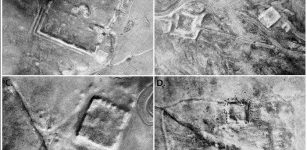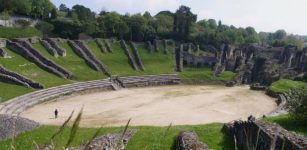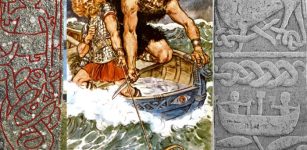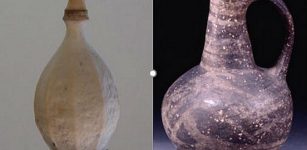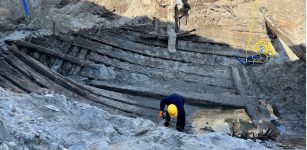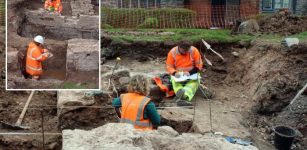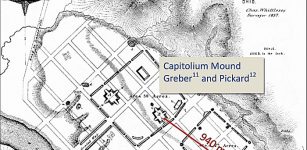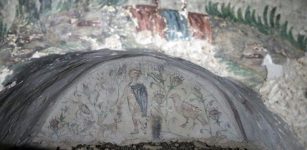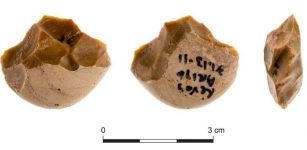Sodré Astrolabe, Found On Portuguese Armada Shipwreck Is The Oldest In The World
Conny Waters - AncientPages.com Staff Writer - An artifact in form of a gunmetal disc excavated from the wreck site of a Portuguese Armada Ship, was identified as a mariner’s astrolabe.
It is the earliest known example of this kind of device, engineers at Guinness World Records (WMG), University of Warwick say in a press release.
 Sodré Astrolabe, Found On Portuguese Armada Shipwreck. Image credit: David Mearns
Sodré Astrolabe, Found On Portuguese Armada Shipwreck. Image credit: David Mearns
The Sodré astrolabe, discovered by David L. Mearns of Blue Water Recoveries Ltd, was found on the shipwreck with this name. Vicente Sodré was the maternal uncle of Vasco da Gama and died when his ship, the Esmeralda, wrecked on the remote Omani Island of Al Hallaniyah in 1503
The ship was part of Vasco da Gama’s second voyage to India in 1502-1503.
As to the astrolabe, it is the only solid disk type astrolabe with a verifiable provenance and the only specimen decorated with a national symbol: the royal coat of arms of Portugal.
The Sodré astrolabe is believed to have been made between 1496 and 1501 and is unique in comparison to all other mariner’s astrolabes.
Mariner’s Astrolabes were used for navigating at sea by early explorers, most notably the Portuguese and Spanish. They were first used at sea on a Portuguese voyage down the west coast of Africa in 1481. Thereafter, astrolabes were relied on for navigation during the most important explorations of the late 15th century, including those led by Bartolomeu Dias, Christopher Columbus and Vasco da Gama.
A 3D virtual model of the astrolabe was created, using a portable 7-axis Nikon laser scanner, capable of collecting over 50,000 points per second at accuracy of 60 microns.
The artifact is the earliest known mariner’s astrolabe discovered to date.
“Using this 3D scanning technology has enabled us to confirm the identity of the earliest known astrolabe, from this, historians and scientists can determine more about history and how ships navigated," said Prof Mark Williams from WMG, University of Warwick.
Technology like this betters our understanding of how the disc would have worked back in the 15th century. Using technology normally applied within engineering projects to help shed insight into such a valuable artifact was a real privilege”
According to David Mearns of Blue Water Recoveries Ltd, “without the laser scanning work performed by WMG we would never have known that the scale marks, which were invisible to the naked eye, existed. Their analysis proved beyond doubt that the disk was a mariner’s astrolabe.
This has allowed us to confidently place the Sodré astrolabe in its correct chronological position and propose it to be an important transitional instrument.”
Written by Conny Waters – AncientPages.com Staff Writer


